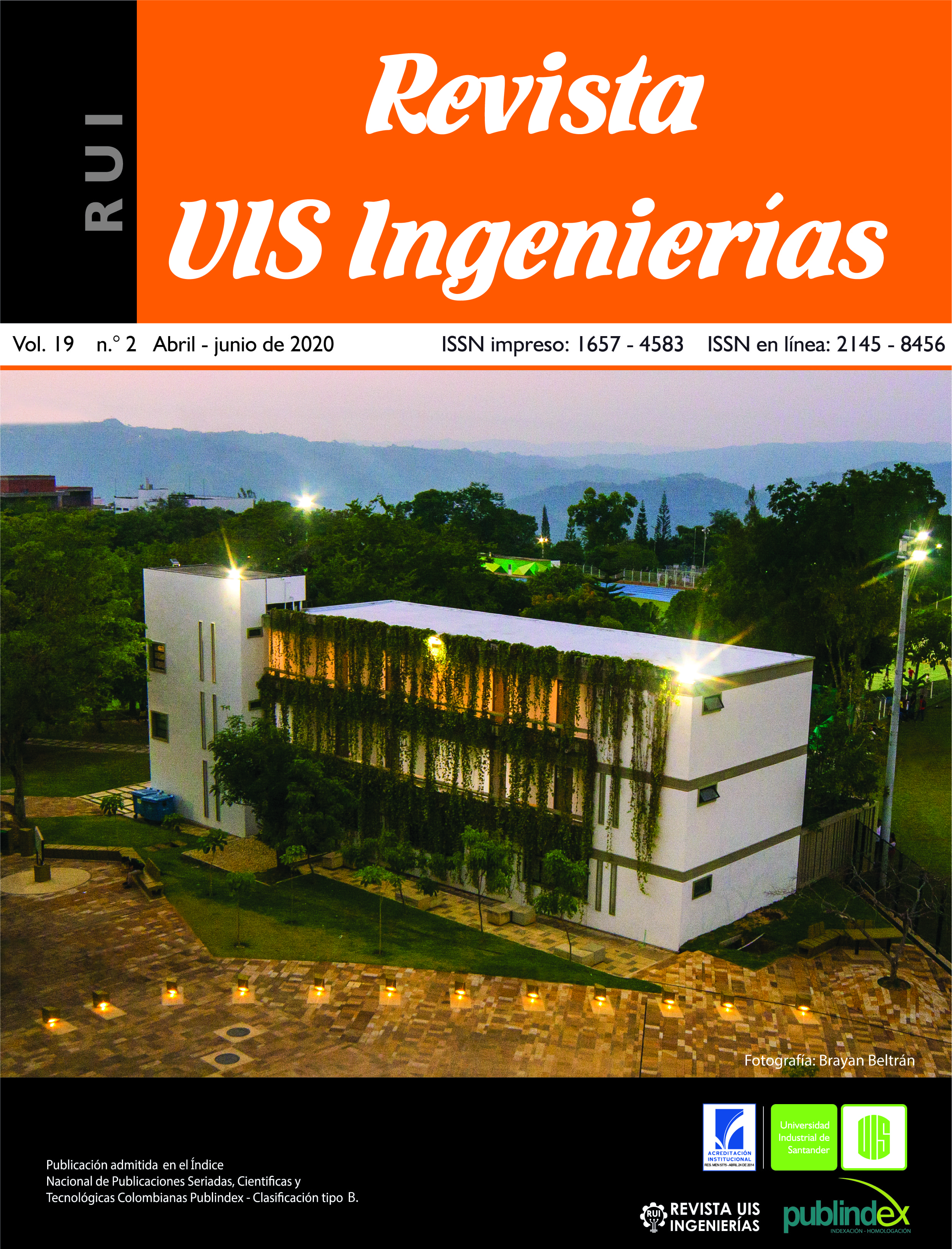Published 2020-04-01
Keywords
- decision-making,
- evolution of decision science,
- data processing,
- binary methods,
- non-binary methods
How to Cite
Copyright (c) 2020 Revista UIS Ingenierías

This work is licensed under a Creative Commons Attribution-NoDerivatives 4.0 International License.
Abstract
People and activities, they carry out in daily life are subject to constant decision-making, the consequences of which are largely uncertain. This decision-making involves a rational process that is based on the quantity and quality of the information, the processing capacity and the use of the rationality of people, which allows facing scenarios in the short, medium and long term. In the current context, the difficulties in the development of this process are greater, due to the abundance of data, the doubt of its veracity and the speed of exchange, so that scenarios of chaos and uncertainty are generated. Under this dynamic, forecasting and prediction can be less effective, offer less certainty about the result and, at the same time, produce biases in the information. These predictive problems are observable, for example, in the estimation of economic growth, human behavior, stock markets, natural phenomena, conflicts, migration, the spread of diseases, geopolitics, negotiations, among others. These difficulties are caused, in large part, by the techniques or tools used for data processing and by the processing capacity of the information systems, which have limitations for the combination of different types of information. In this sense, the scientific community has endeavored to propose new methods and develop better techniques that allow capturing and processing the greatest amount of useful information in the decision-making process. This is known as decision science; a broad and transversal term to a large number of areas and fields of study, ranging from the human and social sciences to the pure sciences. Thus, this paper will focus on those areas that are dedicated to proposing methods and techniques that allow improvements and applications to be made in the aggregation and treatment of data for decision-making.
Downloads
References
[2] J. Gil-Aluja, Elements for a Theory of Decision in Uncertainty. Dordrecht: Kluwer Academic Publishers, 1999.
[3] M. J. Kochenderfer, Decision Making Under Uncertainty : Theory and Application. MIT Lincoln Laboratory Series, 2015.
[4] A. M. Gil-Lafuente, Nuevas estrategias para el análisis financiero en la empresa. Barcelona: Ariel, 2001.
[5] L. A. Zadeh, “Fuzzy sets,” Inf. Control, vol. 8, no. 3, pp. 338–353, Jun. 1965.
[6] F. Blanco-Mesa, J. M. Merigó, and A. M. Gil-Lafuente, “Fuzzy decision making: A bibliometric-based review,” J. Intell. Fuzzy Syst., vol. 32, no. 3, pp. 2033–2050, Feb. 2017.
[7] F. Blanco-Mesa, E. León-Castro, and J. M. Merigó, “A bibliometric analysis of aggregation operators,” Appl. Soft Comput., vol. 81, p. 105488, Aug. 2019.
[8] Leiden University, “VOSviewer - Publications,” VOSviewer Scientific Landscapes. 2015.
[9] N. J. van Eck and L. Waltman, “Software survey: VOSviewer, a computer program for bibliometric mapping,” Scientometrics, vol. 84, no. 2, pp. 523–538, Aug. 2010.

